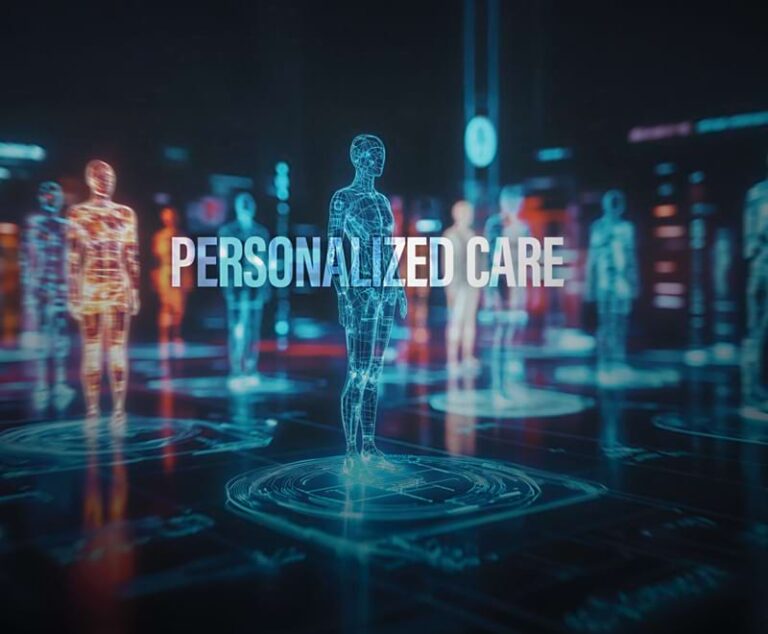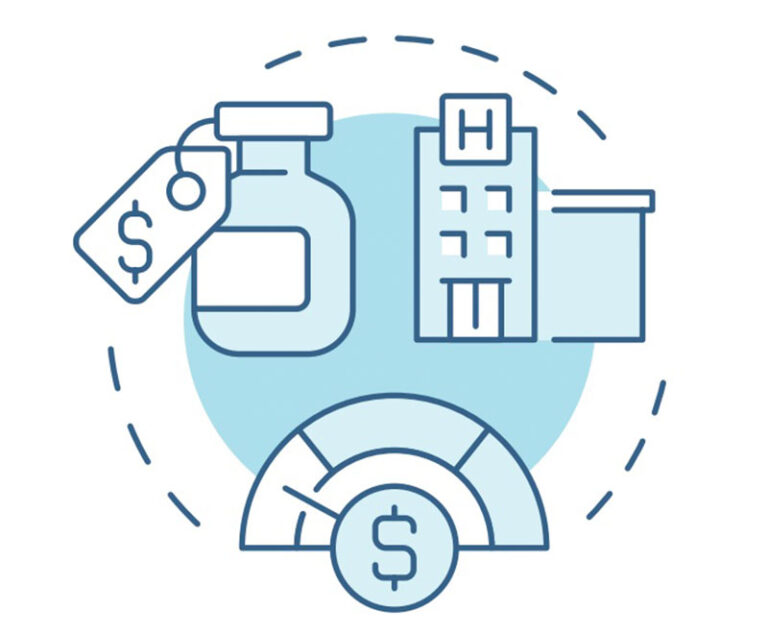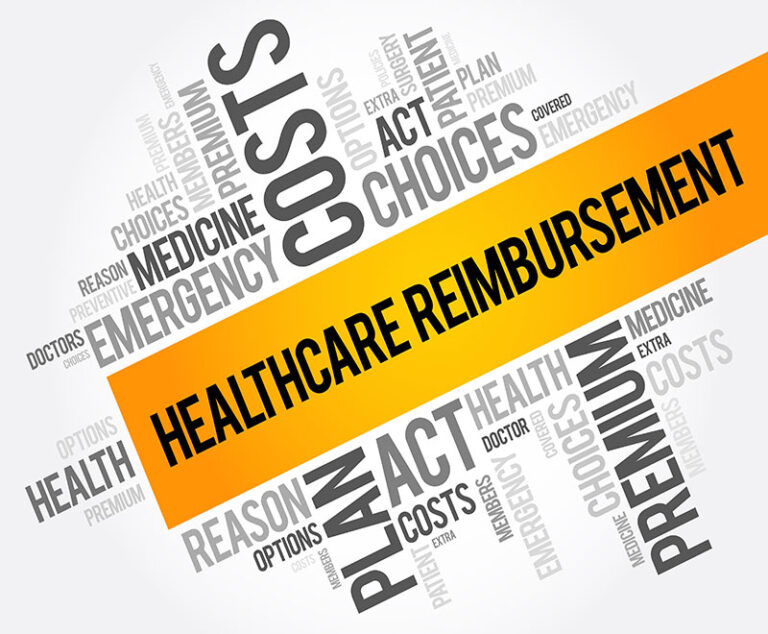Operations & Management
Supply Chain, Service & Staffing
As a patient-driven priority, personalized healthcare is poised to become a permanent fixture in the public health landscape.
Specialty medications are an integral part of the first approach to treatment in an ever-increasing number of disease states, but costs have ballooned to an astronomical number.
Overseeing a loved one's healthcare is stressful, especially when at a distance. These innovative strategies can help.
With its lower costs and patient preference, HaH is poised to alleviate some of the problems hospitals face, but there are obstacles to overcome before it becomes a mainstay program.
Listening to patients’ experiences about their care can improve their care quality and overall health.
Here's how healthcare can put the industry mandate to "first, do not harm" into practice by implementing cleaner, more sustainable practices.
Better health for all is on the horizon thanks to those who are implementing new strategies
to improve care.
Getting paid for drugs demands a robust chain of events linking product procurement, its use within both the clinical framework and payer requirements, and the revenue cycle function of charging, billing and subsequent reimbursement.
While agencies race to put in place regulations for using artificial intelligence to reduce the spread of health misinformation, healthcare providers can help to correct this by engaging with their patients.
First, do no harm. Next, create systems that help prevent harm before it happens.
In the post-pandemic healthcare setting, combining the best of telehealth and in-person visits increases productivity, revenue and employee morale.
Drug reimbursement hinges on a variety of issues. Here are the top five to consider.












